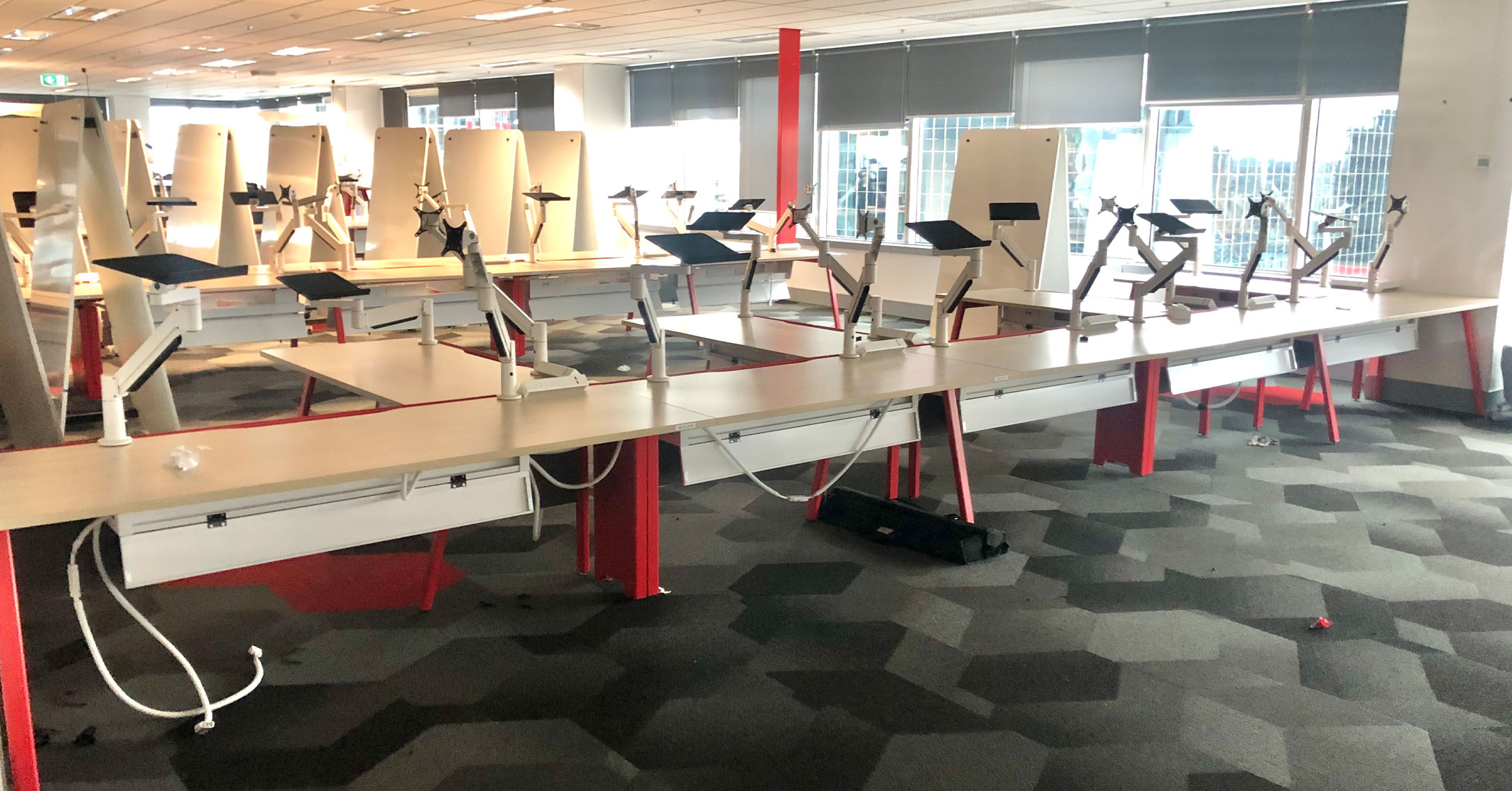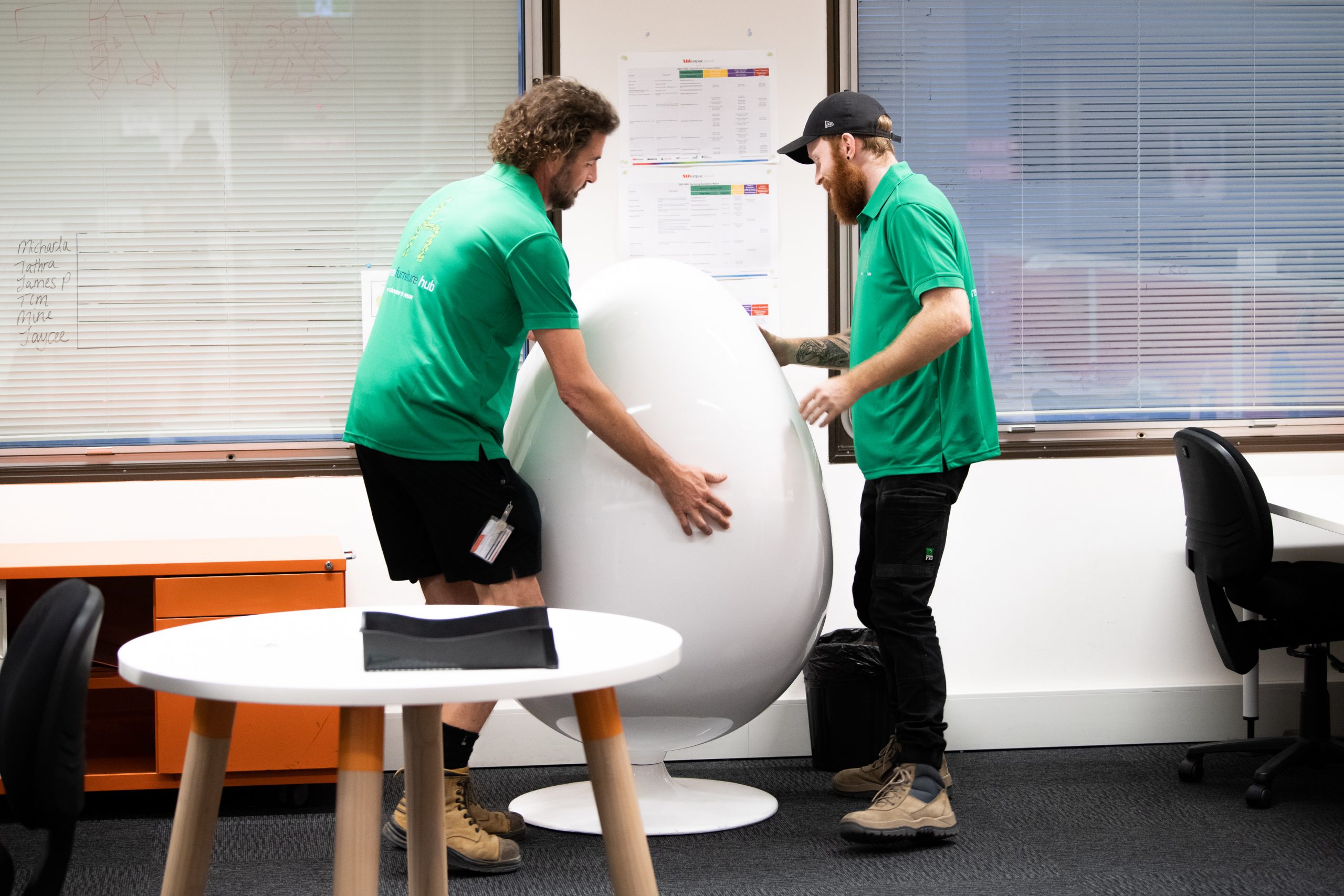Three trends we’re seeing in the office fit-out and furniture sector


Making the complex move go smoothly, is what we do.
We at Goals spend our life in offices working with clients to help implement their workplace change projects. Recently, we’ve noticed three emerging trends that reflect the change in how some clients think about office design and functionality. The observations are: 1) sourcing furniture with green credentials, 2) the potential for furniture ‘as a service’, and 3) more collaboration zones.
As many businesses prioritise their efforts in reducing carbon footprints, we’re seeing an increased preference for sustainably designed and manufactured office furniture. Corporate tenants are aiming to reduce the environmental impact of their fit-outs by sourcing products from manufacturers with clear ESG frameworks. Initiatives underway by the leading furniture brands on this front include:
- lifecycle-based product designs
- the use of responsibly sourced timber and recycled plastics in the product’s construction
- manufacturing processes that minimise waste
- sustainable packaging of the product
- extended warranties that allow for repair as the product ages, and
- end-of-life recycling or take-back strategies.
These initiatives are excellent steps toward reducing the carbon footprint of furniture procurement programs.
Another trend we see on the green front is the rise in furniture rental and leasing inquiries via our sister company Green Furniture Hub (GFH). While the GFH model is focused on ‘rehoming’ corporate office furniture, the inquiries point to a shift in consideration by companies. This preference appears to be on the radar for businesses with delivery projects (such as site offices) or those exploring different office configurations and unsure whether the model will be long-term. The ‘furniture as a service’ approach can reduce upfront costs and the environmental impact of having to dispose of the items after the project is completed. It’s a model that is gathering momentum in industry innovation discussions and may become more commonplace as large furniture manufacturers shift their business models towards the circular economy.
The other trend we’re seeing is open offices or agile workplace design, which is gaining popularity among corporates and government departments. This type of design is about breaking down barriers, reducing the number of fixed work points, and promoting collaboration and communication – more so now as staff prioritise transactional work for the home environment and use the office for meetings and collaboration. Architects are designing offices with more break-out areas, collaboration zones, and informal workspaces and sourcing furniture that assists in bringing these areas to life.
As the transition to a circular economy continues and the role of the office evolves, we expect to see further trends emerge in the office furniture and fit-out sector. And at Goals A+N, we remain committed to helping clients bridge this change with physical move services, FF&E coordination, or strategies to manage the no longer needed furniture.
 1300 35 36 37
1300 35 36 37






